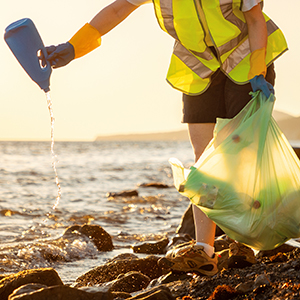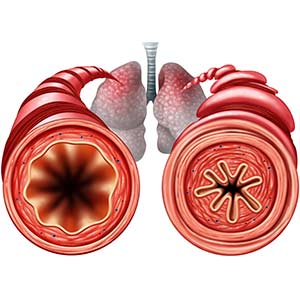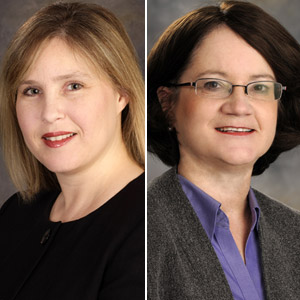Members of Congress and their staffs learned more about NIEHS research during two briefings Sept. 24. Children’s environmental health and harmful algal blooms (HABs) were the focus.
HABs occur when colonies of algae, microscopic plants that live in both salt and fresh water, grow out of control and produce toxins that harm people, fish, marine mammals, and birds.
Protecting children’s health
Many organizations sponsored the briefing on children’s environmental health (see sidebar).
In her final briefing as NIEHS and National Toxicology Program (NTP) Director, Linda Birnbaum, Ph.D., told attendees about children’s environmental health research over the past 20 years.
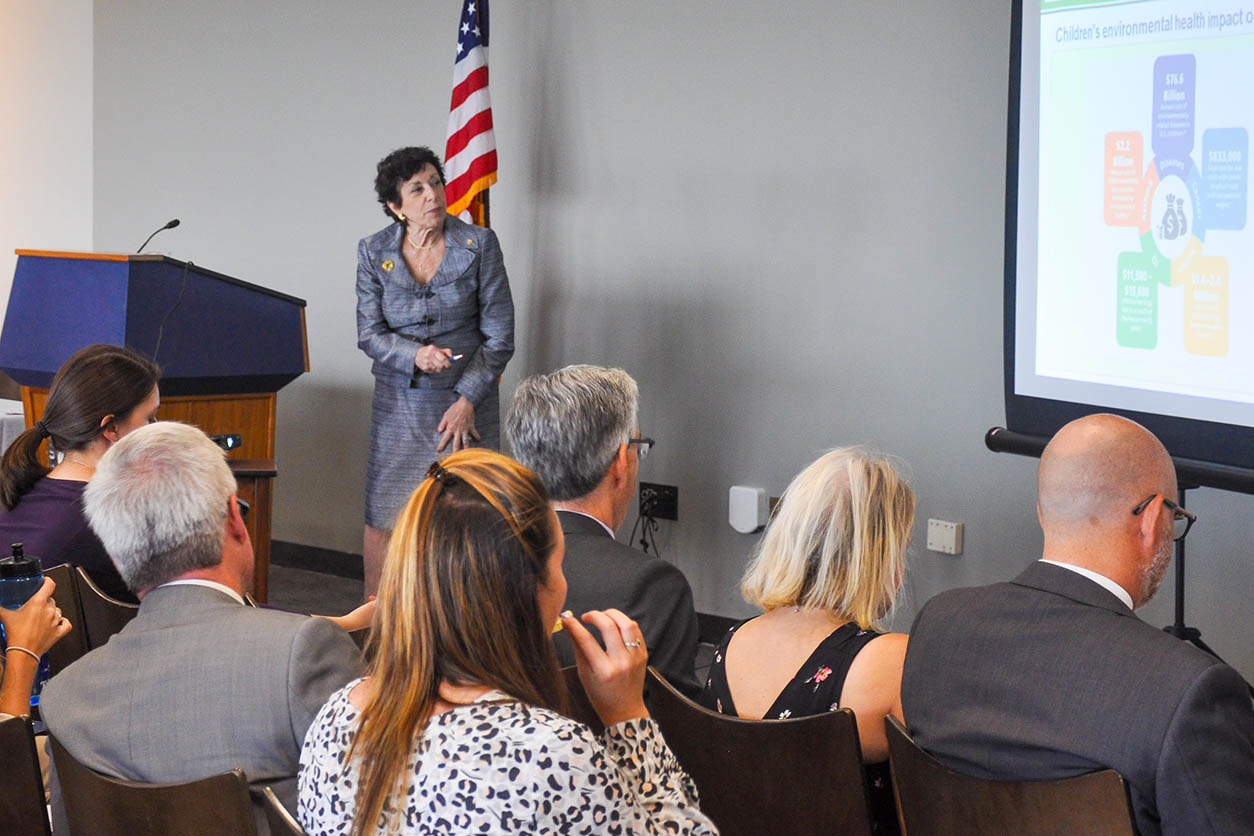 Birnbaum emphasized the importance of research on children’s environmental health. (Photo courtesy of Jed Bullock)
Birnbaum emphasized the importance of research on children’s environmental health. (Photo courtesy of Jed Bullock)That research, funded by NIEHS and the U.S. Environmental Protection Agency, led to major breakthroughs in understanding how environmental factors may affect children.
For example, she described how childhood diseases and disabilities such as asthma, certain cancers, and autism are associated with chemicals found in air pollution and tobacco smoke.
New efforts are being planned at NIEHS to turn research knowledge into strategies for improving children’s environmental health, potentially through more outreach to pediatricians and public health professionals.
Two NIEHS grantees showcase research
Joseph Braun, Ph.D., of Brown University, described how even low levels of per- and polyfluoroalkyl substances (PFAS) may place children’s health at risk.
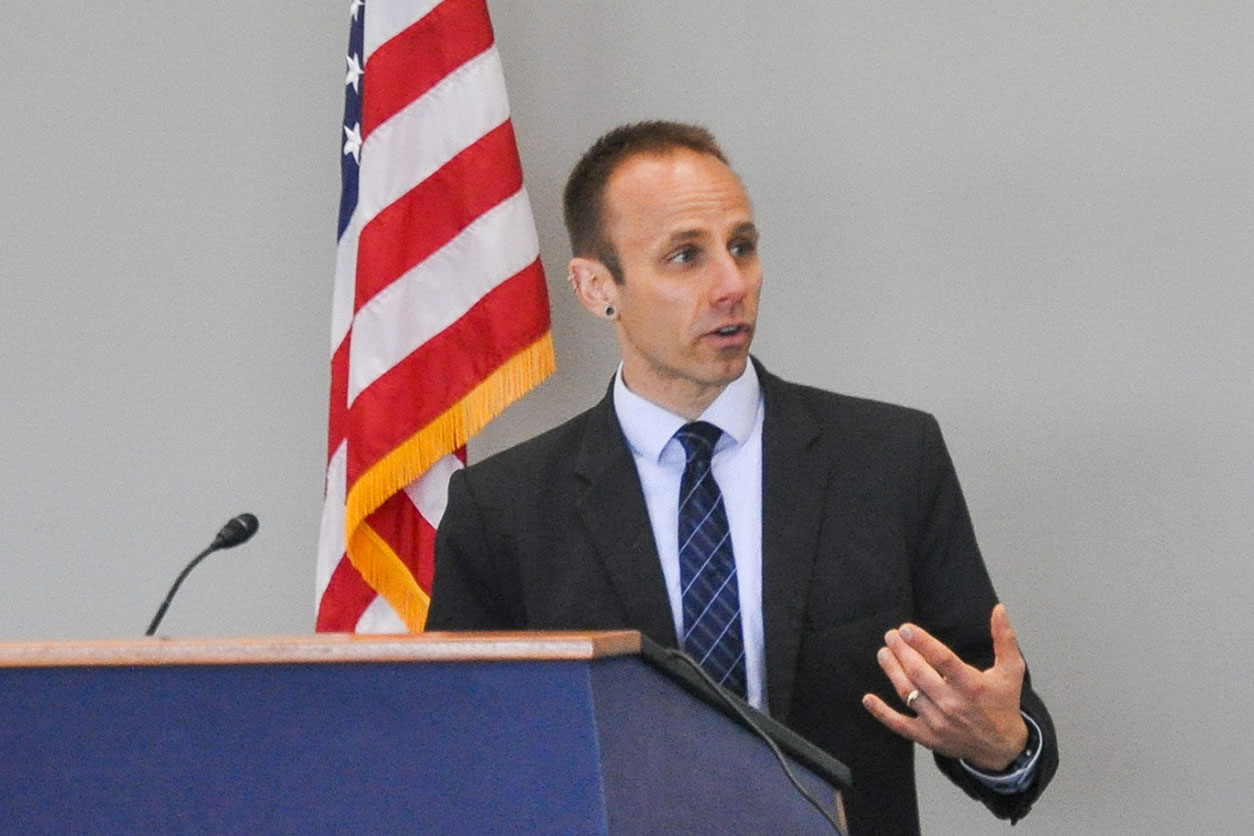 Braun explained PFAS to congressional staff members. (Photo courtesy of Jed Bullock)
Braun explained PFAS to congressional staff members. (Photo courtesy of Jed Bullock)Those chemicals are found in many consumer and industrial products, such as nonstick cookware and firefighting foam. His team is assessing how PFAS exposure may affect brain development, allergic response, and occurrence of asthma and obesity.
Braun called for research to further quantify PFAS-related health problems in children and to develop solutions for reducing exposures.
Nadia Hansel, M.D., of Johns Hopkins Medicine, explained how childhood asthma is affected by indoor air pollution, which is formed by smoke, dust, gas stove use, and outdoor pollution.
Improvements in air quality are associated with improved lung function in children. Hansel called for continued research to inform interventions and policies for reducing indoor air pollution.
Spreading the word about unsafe algae
Birnbaum, with NIEHS Senior Medical Advisor Aubrey Miller, M.D., met with U.S. Representative Vern Buchanan, from Florida’s 16th congressional district.
They discussed research on HABs and related human health effects such as respiratory illness, liver cancer, and nervous system disorders.
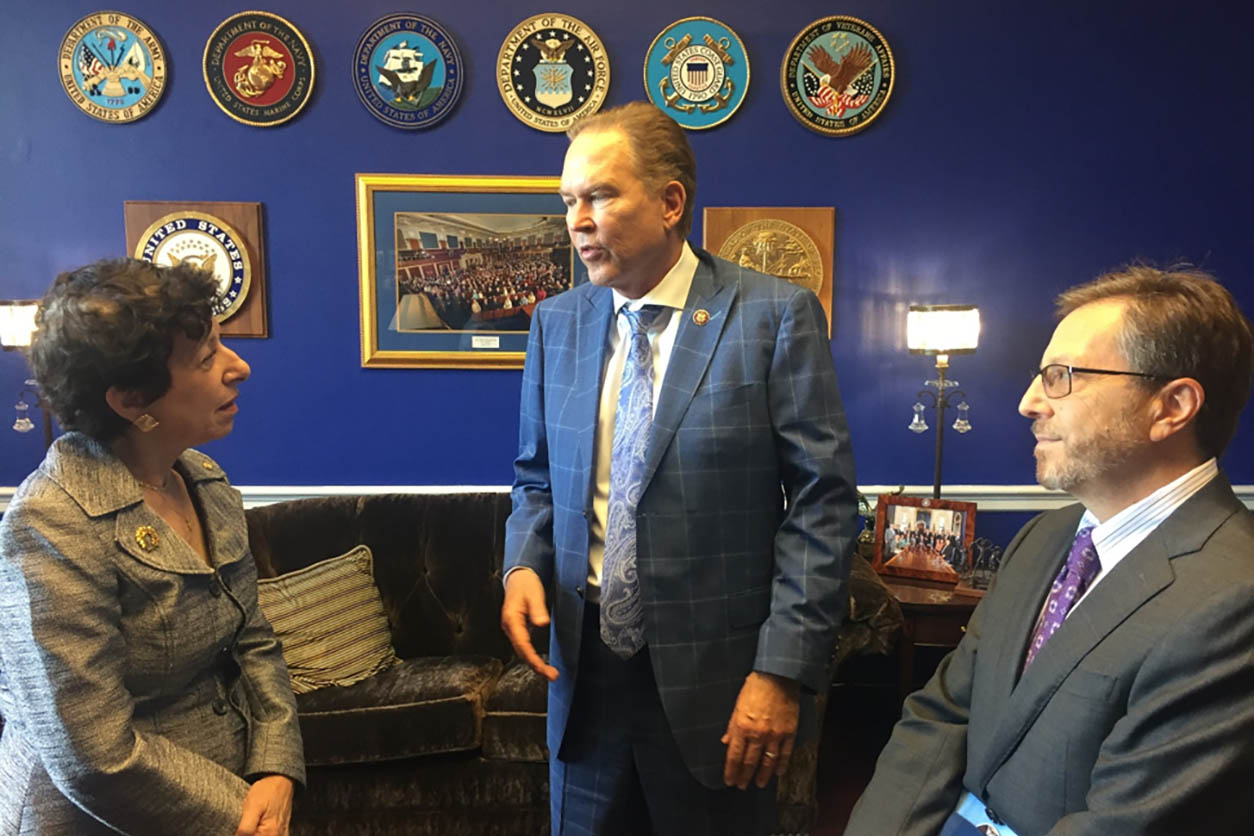 From left to right, Birnbaum, Buchanan, and Miller met in the representative’s office. (Photo courtesy of Jed Bullock)
From left to right, Birnbaum, Buchanan, and Miller met in the representative’s office. (Photo courtesy of Jed Bullock)Buchanan’s district spans three coastal counties and has many senior citizens. In recent years, more HABs have emerged there, including a prolonged one in 2018 that resulted in hospitalizations.
Such events are not new, but their frequency and duration are increasing. In addition to threatening human and animal health, HABs can create economic hardship for fishing and tourism businesses.
Citation: Gauderman WJ, Urman R, Avol E, Berhane K, McConnell R, Rappaport E, Chang R, Lurmann F, Gilliland F. 2015. Association of improved air quality with lung development in children. N Engl J Med 372(10):905−913.
(Carol Kelly is managing editor in the NIEHS Office of Communications and Public Liaison.)







